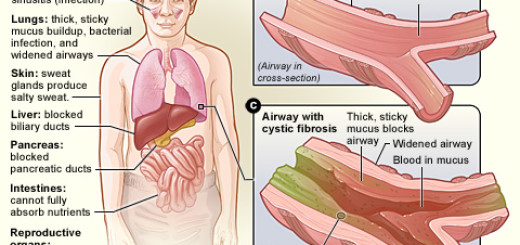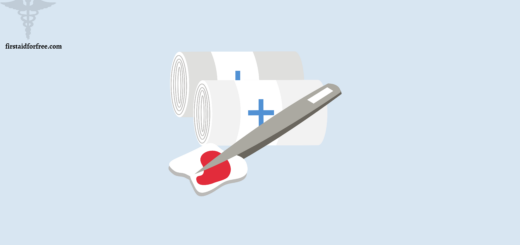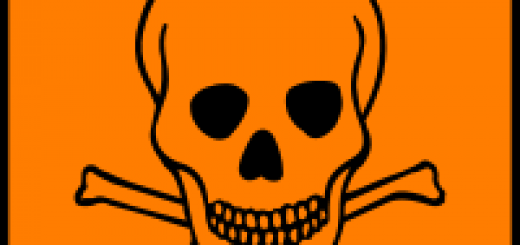How to Recognize a Fracture (Broken Bone)
There are around 206 bones in the adult human skeleton. Bones are also integral to the body’s strength. Some bones have a protective function (skull), some a supporting function (pelvis), while others are for movement (fingers).
When a bone is broken or fractured, it affects not only blood production and function, but there can be complications associated with the muscles, tendons, nerves and blood vessels in proximity to the injury.
It’s important for first aiders to be able to spot the warning signs of a broken bone (fracture). Fractures require professional medical assessment as treatment may be required in order to fix the injury.
Types of Fracture
Fractures are generally split into the following categories:
- Open – where there is a wound exposing the fracture site or the bone is protruding from the skin.
- Closed
- Complicated – may involve damage to associated vital organs and major blood vessels as a result of the fracture.
Immobilization is the preferred way to manage fractured limbs as it helps reduce movement and the pain associated with fractures.
Causes of Fractures
Fractures can be caused by direct or indirect force:
- Direct force. Where sufficient force is applied to cause the bone to fracture at the point of impact.
- Indirect force. Where force or kinetic energy is applied to a large, strong bone and is transmitted up the limb, causing the weakest bones to fracture.
How to Recognize a Fracture (Broken Bone)
PLASTIC and LIP DUST are two common first aid acronyms that can be used to remember the key signs and symptoms of a fracture.
PLASTIC
- Pain
- Loss of movement
- Angulation (position of the limb)
- Swelling
- Tenderness
- Irregularity
- Crepitus
LIP DUST
- Loss of movement
- Irregularity
- Pain
- Deformity
- Unnatural movement
- Swelling
- Tenderness





